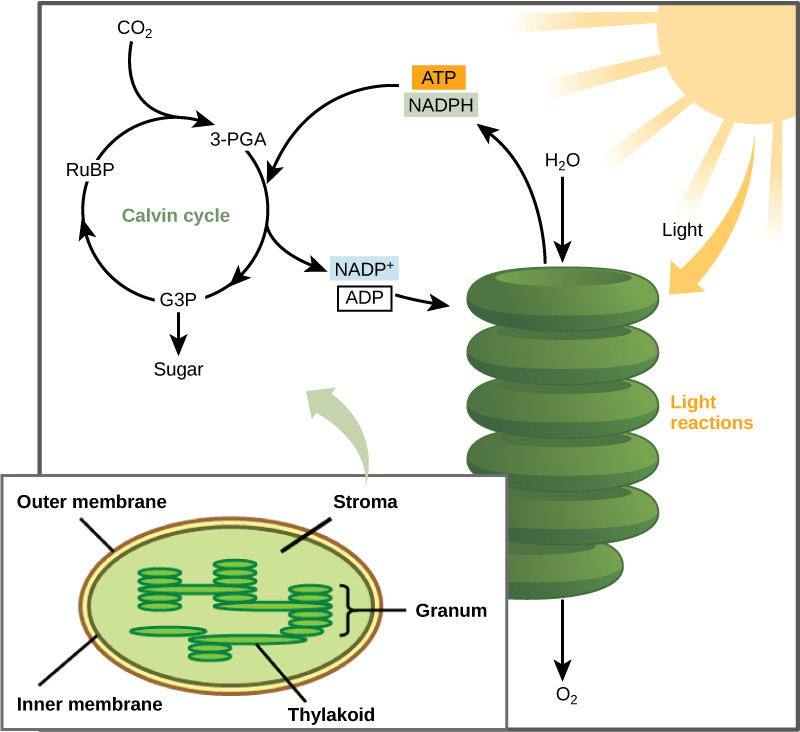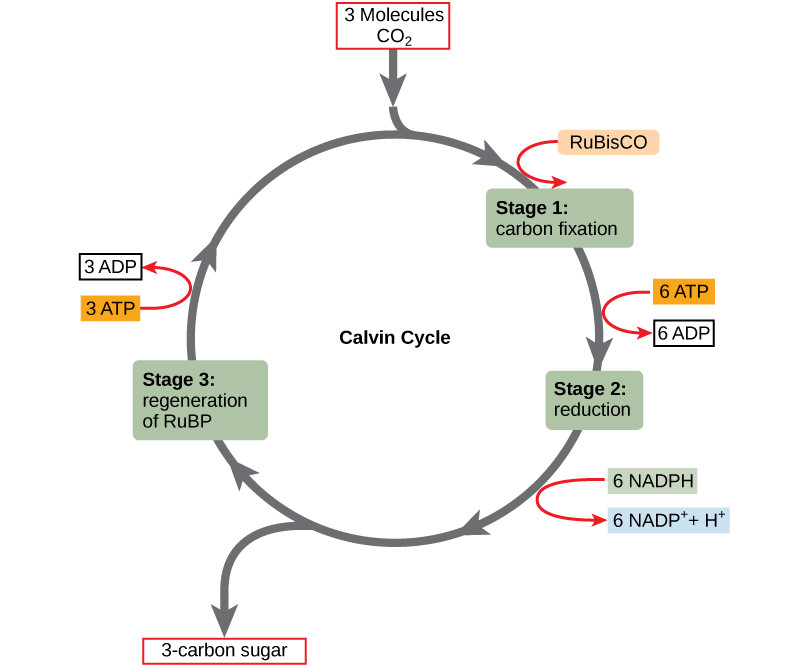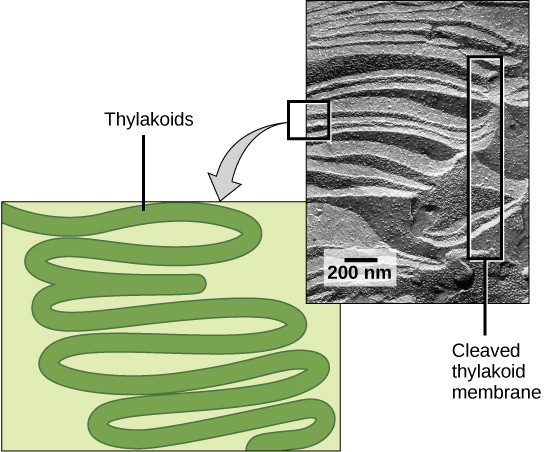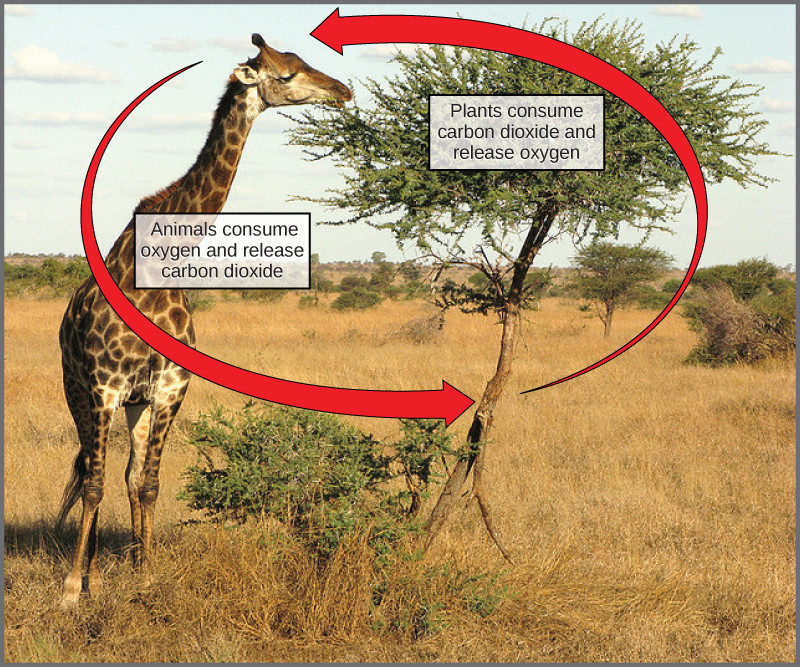Photosynthesis, the remarkable process that sustains life on Earth, converts light energy into chemical energy in the form of carbohydrates. This process is broadly divided into two stages: the light-dependent reactions and the light-independent reactions, also known as the Calvin cycle. While light-dependent reactions capture sunlight, the Calvin cycle utilizes the energy generated to build sugar molecules from carbon dioxide. A crucial question then arises: where does the Calvin cycle occur within the cells of photosynthetic organisms? Understanding the precise location of this vital process is key to grasping the intricacies of photosynthesis.
The Chloroplast: The Primary Site of the Calvin Cycle in Plants
In plants and algae, photosynthesis takes place within specialized organelles called chloroplasts. These organelles are the powerhouses of plant cells, and within their intricate structure lies the answer to our question. Chloroplasts are enclosed by a double membrane and contain various compartments, including thylakoids and stroma. The thylakoids are membrane-bound sacs that are the site of the light-dependent reactions. Surrounding the thylakoids is a gel-like fluid called the stroma. This stroma is the precise location where the Calvin cycle reactions unfold.
The Calvin cycle, also referred to as the Calvin-Benson cycle, is a series of biochemical reactions that take place in the chloroplast stroma. It’s here that carbon dioxide from the atmosphere enters the plant and is “fixed,” meaning it’s incorporated into organic molecules. This fixation process, catalyzed by the enzyme RuBisCO, marks the beginning of the cycle. The energy carriers, ATP and NADPH, produced during the light-dependent reactions in the thylakoid membranes, then move into the stroma to fuel the Calvin cycle. Within the stroma, these energy molecules drive the conversion of fixed carbon dioxide into glyceraldehyde-3-phosphate (G3P), a three-carbon sugar precursor that can be used to synthesize glucose and other carbohydrates.
 This illustration shows that ATP and NADPH produced in the light reactions are used in the Calvin cycle to make sugar.
This illustration shows that ATP and NADPH produced in the light reactions are used in the Calvin cycle to make sugar.
The spatial separation of the light-dependent reactions (in thylakoids) and the Calvin cycle (in stroma) within the chloroplast is crucial for the efficient operation of photosynthesis. The thylakoids capture light energy and convert it into chemical energy, while the stroma provides the necessary enzymes and environment for the Calvin cycle to utilize this energy in sugar production.
 This illustration shows a circular cycle with three stages. Three molecules of carbon dioxide enter the cycle. In the first stage, the enzyme RuBisCO incorporates the carbon dioxide into an organic molecule. Six ATP molecules are converted into six ADP molecules. In the second stage, the organic molecule is reduced. Six NADPH molecules are converted into six NADP+ ions and one hydrogen ion. Sugar is produced. In stage three, RuBP is regenerated, and three ATP molecules are converted into three ADP molecules. RuBP then starts the cycle again.
This illustration shows a circular cycle with three stages. Three molecules of carbon dioxide enter the cycle. In the first stage, the enzyme RuBisCO incorporates the carbon dioxide into an organic molecule. Six ATP molecules are converted into six ADP molecules. In the second stage, the organic molecule is reduced. Six NADPH molecules are converted into six NADP+ ions and one hydrogen ion. Sugar is produced. In stage three, RuBP is regenerated, and three ATP molecules are converted into three ADP molecules. RuBP then starts the cycle again.
Calvin Cycle Location in Prokaryotes: Cyanobacteria and Beyond
While plants and algae utilize chloroplasts, prokaryotic photosynthetic organisms like cyanobacteria lack membrane-bound organelles. So, where does the Calvin cycle occur in these organisms? In prokaryotes, photosynthesis takes place within the cytoplasm and specifically at infoldings of the plasma membrane. These infolded regions, sometimes referred to as thylakoid membranes (though structurally different from eukaryotic thylakoids), are where chlorophyll and other photosynthetic pigments are located, enabling the light-dependent reactions to occur.
Similar to chloroplasts in eukaryotes, the cytoplasm surrounding these membrane infoldings in prokaryotes serves as the site for the Calvin cycle. The necessary enzymes, including RuBisCO, are present in the cytoplasm, allowing for carbon fixation and sugar synthesis to proceed. The ATP and NADPH generated by the light-dependent reactions within the plasma membrane infoldings are readily available in the cytoplasm to power the Calvin cycle.
 This illustration shows a green ribbon, representing a folded membrane, with many folds stacked on top of another like a rope or hose. The photo shows an electron micrograph of a cleaved thylakoid membrane with similar folds from a unicellular organism
This illustration shows a green ribbon, representing a folded membrane, with many folds stacked on top of another like a rope or hose. The photo shows an electron micrograph of a cleaved thylakoid membrane with similar folds from a unicellular organism
The Broader Context: Photosynthesis and Cellular Respiration in the Energy Cycle
Understanding where the Calvin cycle occurs is not only essential for comprehending photosynthesis but also for appreciating its role in the broader energy cycle of life. Photosynthesis, with the Calvin cycle at its core, and cellular respiration are fundamentally linked. Photosynthesis produces carbohydrates and oxygen, while cellular respiration consumes carbohydrates and oxygen to release energy, producing carbon dioxide and water as byproducts.
The location of the Calvin cycle within the stroma of chloroplasts (in eukaryotes) and the cytoplasm near plasma membrane infoldings (in prokaryotes) is strategically important. It allows for efficient utilization of energy generated during the light-dependent reactions and facilitates the subsequent steps of carbohydrate synthesis. This intricate organization underscores the elegance and efficiency of photosynthetic processes in converting light energy into the chemical energy that fuels most ecosystems on Earth.
 This photograph shows a giraffe eating leaves from a tree. Labels indicate that the giraffe consumes oxygen and releases carbon dioxide, whereas the tree consumes carbon dioxide and releases oxygen.
This photograph shows a giraffe eating leaves from a tree. Labels indicate that the giraffe consumes oxygen and releases carbon dioxide, whereas the tree consumes carbon dioxide and releases oxygen.
In conclusion, the Calvin cycle, the crucial set of reactions in photosynthesis responsible for carbon fixation and sugar production, occurs in the stroma of chloroplasts in plants and algae, and in the cytoplasm near the plasma membrane infoldings in prokaryotic organisms like cyanobacteria. This precise localization ensures the efficient conversion of light energy into chemical energy, underpinning the flow of energy through nearly all living systems.
